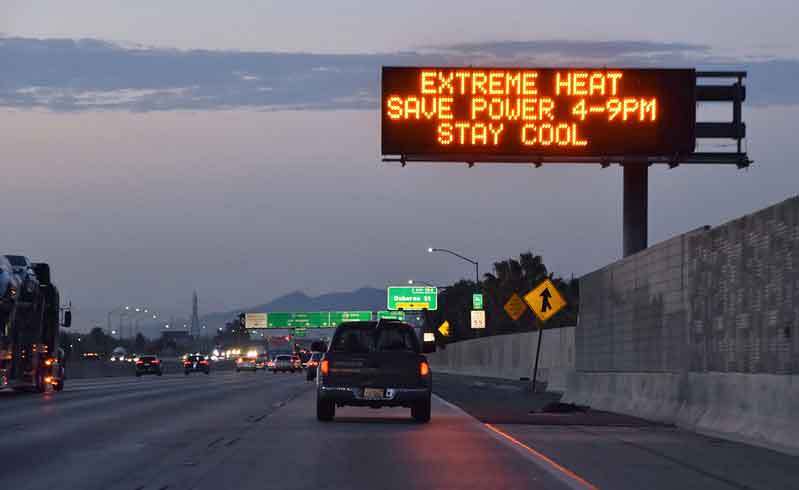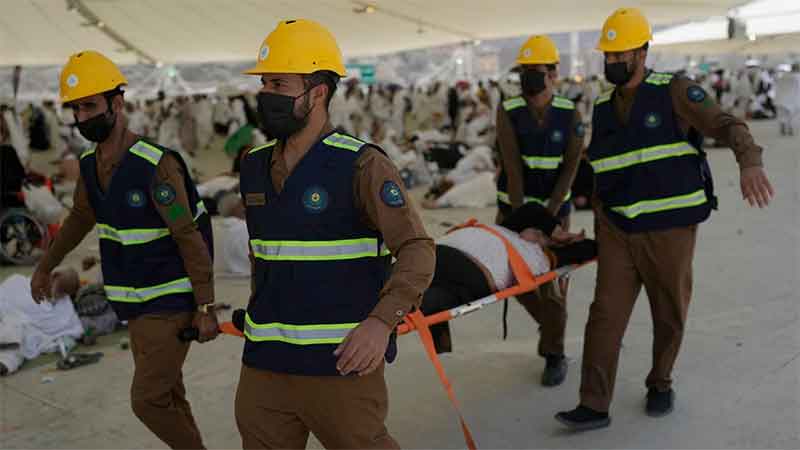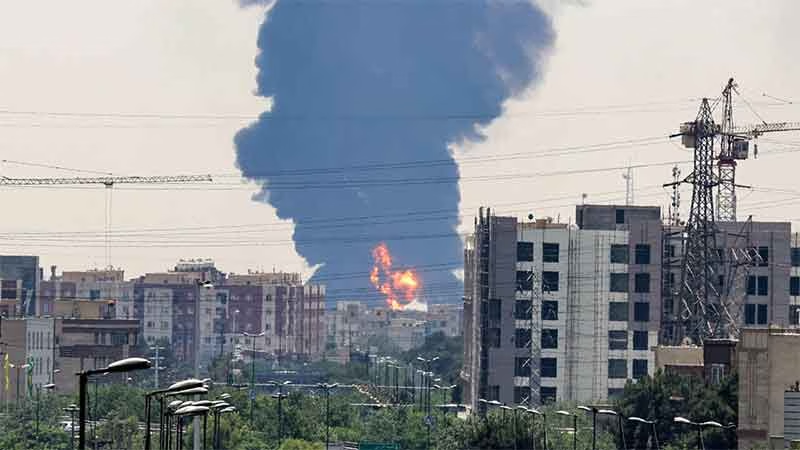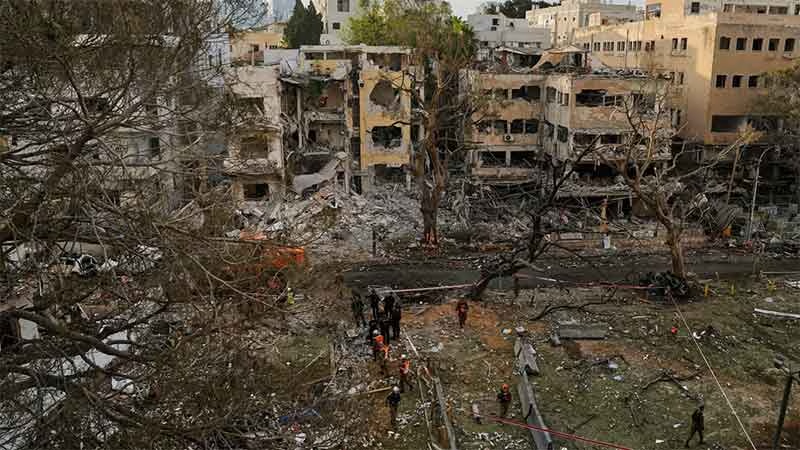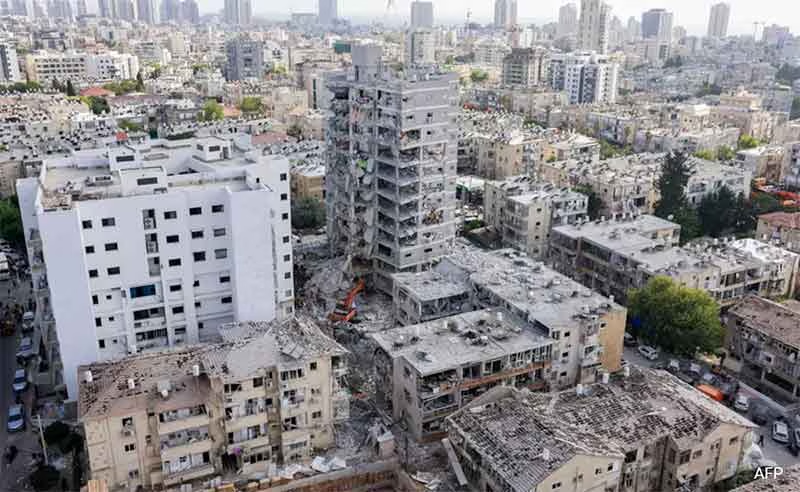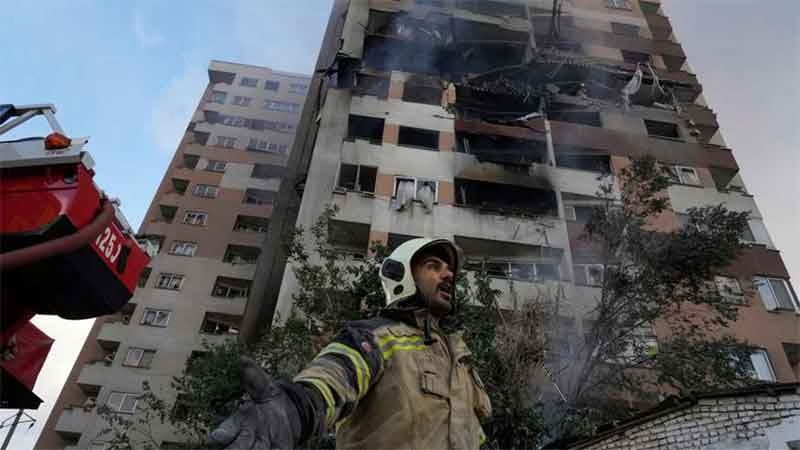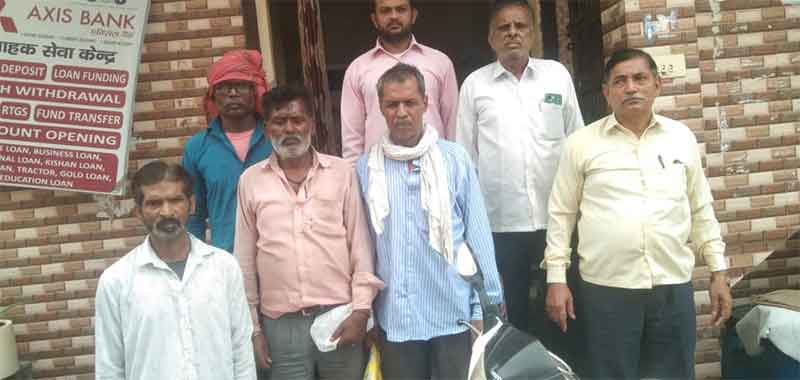
Both in terms of working and living conditions vulnerability of working class, poor and homeless people in cities of South Asia is increasing in times of heat waves as they are exposed to increasing difficulties, distress, stress and a number of short-term and longer-term health problems. This is evident from several recent reports from leading South Asian cities like Delhi, Dacca and Karachi.
Their inability to avoid the worst of heat conditions due to the compulsion of taking up heat exposing work even during heat waves is worsened by having to return to hot living conditions after work with the increasing tendency of nights also to record high temperatures. Hence the relief provided earlier at night after a hard and hot working day is also denied to many people. Electricity and water problems add further to these problems.
All these problems have been experienced on a vast scale in the recent heat wave in South Asia, while the experience of the homeless and destitute people has been even worse leading to reports of hundreds of deaths.
Recently I spoke to about 50 open space workers at three locations in Delhi. Almost everyone agreed that the heat wave conditions experienced by them during this summer were the worst they have experienced. Several of them mentioned increasing health problems at work sites and falling ill more frequently. There has not been any significant improvement in workplace conditions and such essentials as ensuring supply of clean and cold drinking water or shady, cooler place for rest period are not always available. Some kind employers ensure this while other do not, workers said. At a worksite if a worker feels ill or if he cannot work any more, he is generally asked to go away on his own without any help being provided by the employer.
Some workers said that on some days it was so hot even in morning hours that they decided not to go in search of work because of the fear of falling ill. However more often even if they found the heat wave intolerable they had to go ahead in search of work as the basic needs of the family have to be met somehow.
Workers here say that with work becoming extremely difficult in heat wave conditions there is need for withdrawing the ban imposed on construction work in winter on the grounds of pollution. Workers repeatedly said that most of their work does not contribute to pollution in any significant way but still they have to face ban in winter when work is relatively easier.
Workers reacted very favorably to ideas of a subsistence allowance being made to all vulnerable households in heat wave conditions. They also said that the welfare benefits promised to construction workers under the laws specially enacted for them in India which have not been reaching them in recent times should reach them promptly.
Deeply worrying as the conditions reported by several workers are, the vulnerability of the homeless and destitute people living on footpaths or roadsides or under flyovers is even higher. According to a leading NGO of Pakistan Edhi Foundation 450 people died in just four days in the last week of June in the port city of Karachi which at a stretch of several days experienced temperatures exceeding 40 degrees C that are considered too high for the coastal city. The foundation stated that most of those who died were homeless people living on the streets, and several of them were also victims of drug addiction.
Subscribe to Our Newsletter
Get the latest CounterCurrents updates delivered straight to your inbox.
In Delhi a report of the Centre for Holistic Development stated that 192 homeless persons died within a span of 9 days in mid-June due largely to heat-wave conditions. Acting on a complaint made on the basis of this as well as additional information, The National Human Rights Commission (NHRC) has sought a detailed report from the Delhi government.
Such reports of a large number of deaths of homeless people indicate both the increased severity of heat waves as well as pre-existing high vulnerabilities of homeless and destitute people. Earlier the concern over high risks faced by them in cities like Delhi was confined mainly to the shorter winter season, but now they face high risks are all around the year—in winter, rainy season and summer—and the highest risks are now at the time of heat waves. As this writer has been pleading for a long time, the programs for homeless people need to change keeping in view the changing situation, but this has not yet been adequately reflected in most programs for homeless people.
Bharat Dogra is Honorary Convener, Campaign to Save Earth Now, and was earlier involved closely with programs for homeless people. His recent books include Planet in Peril, Protecting Earth for Children and A Day in 2071.


